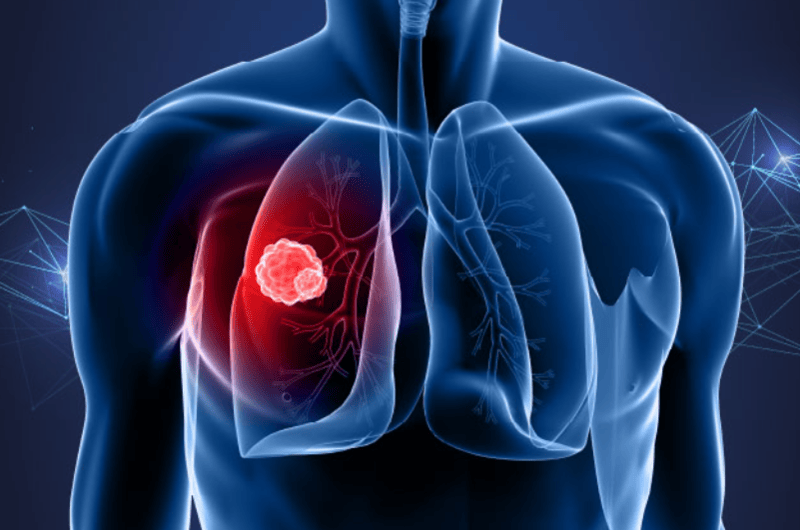- Alcohol consumption is a major driver of rising liver cancer cases in Kenya.
- Cheap and unregulated alcoholic brews worsen the health risks for low-income communities.
- Many victims seek medical help too late due to stigma, poor access, or lack of awareness.
- Health experts urge stricter alcohol control laws and more public education on liver health.
In the backstreets of Kenya’s towns and villages, alcohol flows more freely than ever before. From licensed liquor stores to unregulated chang’aa dens, the culture of drinking has silently embedded itself into everyday life. But beneath this rising consumption lies a deadly health crisis—liver cancer, now rapidly spreading across the country.
Liver cancer was once considered rare in Kenya, but today, it is among the most fatal forms of cancer. According to the Global Cancer Observatory, Kenya reported 833 new liver cancer cases and 819 deaths in 2022 alone. Alarming projections indicate these numbers could double by 2050 if urgent interventions are not put in place. At the center of this crisis is alcohol—both legal and illegal—that is destroying lives quietly and swiftly.
Alcohol: A Silent Killer of the Liver
Alcohol is a well-known toxin to the liver. When consumed regularly and in large amounts, it damages liver cells, causing inflammation and scarring—known as cirrhosis. Over time, this damage can trigger the growth of cancerous cells, particularly hepatocellular carcinoma, the most common type of liver cancer.
In Kenya, the problem is made worse by the widespread availability of illicit brews and counterfeit alcoholic drinks. These unregulated substances often contain harmful chemicals like methanol, which accelerate liver damage. Studies conducted in urban centers like Nairobi have shown that a significant percentage of alcohol sold in bars and clubs is fake or poorly regulated, making it far more dangerous than ordinary commercial alcohol.
The Role of Other Risk Factors
While alcohol is a major contributor, it rarely acts alone. In Kenya, liver cancer is also fueled by chronic hepatitis B infections, aflatoxins from poorly stored grains, and growing rates of obesity and diabetes. The combination of these factors with heavy drinking significantly increases the risk of liver failure and cancer.
Hepatitis B is especially dangerous because it often goes undiagnosed until severe damage has already occurred. When a person with hepatitis B drinks alcohol frequently, the liver is overwhelmed, leading to a rapid decline in function. Yet awareness about these risks remains low, especially in rural areas.
Impact on Youth and Vulnerable Communities
More Kenyan youth are engaging in alcohol consumption than ever before, often beginning as early as their teenage years. Peer pressure, unemployment, and limited recreational options have made drinking an appealing escape for many. Unfortunately, early exposure to alcohol means liver damage begins earlier in life. By the time symptoms appear—such as jaundice, weight loss, or abdominal pain—it is often too late for effective treatment.
In many communities, especially in low-income regions, access to proper diagnosis and treatment for liver disease is limited. Kenya lacks enough specialists in hepatology, and liver transplants remain out of reach for most due to cost. As a result, many liver cancer cases are only detected in advanced stages, where survival chances are slim.
What Needs to Be Done
Tackling Kenya’s liver cancer crisis requires a multi-pronged approach. First, public health campaigns must raise awareness about the dangers of excessive alcohol consumption, particularly in combination with hepatitis B and other risk factors. Community education and school-based interventions can help reduce early exposure.
Second, the government must intensify the fight against illegal brews by enforcing stricter regulations and conducting regular crackdowns. Licensing and monitoring of alcohol production should be standardized to eliminate dangerous counterfeit products.
Third, screening for hepatitis B should be made more accessible, and vaccination programs must be expanded to cover vulnerable populations. Early screening and treatment of liver conditions can save thousands of lives.
Finally, investment in cancer care infrastructure is vital. County and national hospitals should be equipped with tools for early detection, and more medical professionals must be trained to handle liver diseases.



Reader Responses (0)